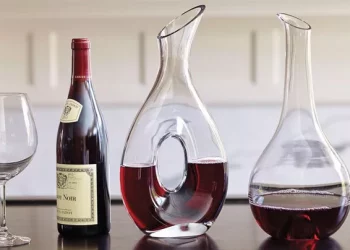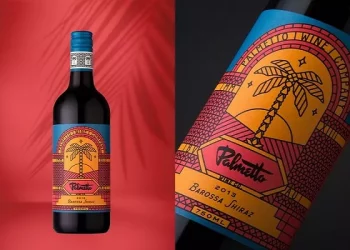The flavor of the whisky itself, the type of cask used and the time the whisky has been aged in the cask determine the flavor of the whisky.
The casks used for secondary maturation include those used to age fortified wines such as Cabernet Sauvignon and Madeira, and different types of casks also impart different flavors to whiskey.
The berries, cherries and gooseberries often found in cabernet Sauvignon barrels make Bourbon whiskies reminiscent of a Manhattan Cotail or Old Fashioned Cocktail.
Pinot noir casks often add a very subtle fruity and tannic structure to the whisky’s finish that is not noticeable when drunk.
Shiraz casks, which are relatively uncommon, are once casks of complex, salty red shiraz wines that age to add some earthy, red fruit and pepper notes to the whiskey.
Second aging in oak barrels that have previously aged Sauternes adds layers of raisin, honey, stone fruit and neroli to the whisky.
Madeira barrels bring layers of honey, sweet spices and a hint of stone fruit to the whisky, giving it a delicious layer and flavor like a spice cake.
Casks, once used to age Tawny Port, are a popular choice to add dark chocolate flavors and wonderful winter fruit flavors.
What Sherry barrels add to the flavor of whiskey depends on which style of sherry was previously aged in the barrels.
Casks used to age Mannilla add mineral and winter fruit flavors to whiskey, casks aged Oloroso bring nutty and dried fruit flavors,
And casks used to age Pedro Ximenez add rich plum or FIG flavors.
The latest market dynamics at any time to see, please pay attention to.









































